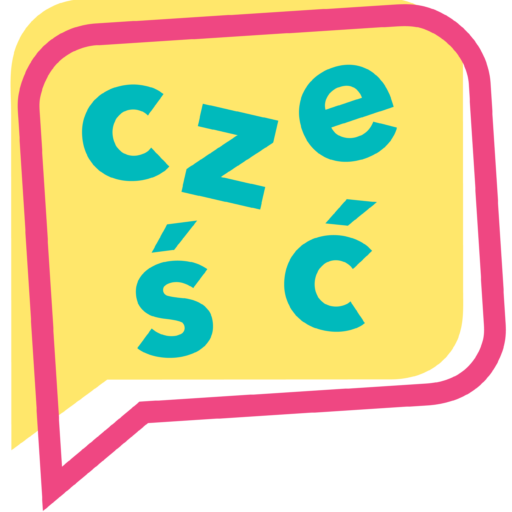What do you need to know to be A1 in Polish ?

A lot of my students ask me before we start classes “How do one start learning Polish” or “What do you need to know to be A1 in Polish?”. This seems like a very basic questions but it’s not! Especially knowing so many of you don’t know where they are going with the language! It sounds like language learning motivation murder!
Structure is the master of learning. Honestly, you shouldn’t even start learning any language if you don’t know a) what is your goal b) what is your plan c) how you will get there.
OK, enough being grumpy! Cheer up guys because I’ve prepare a list for you! The list is based on official “Programy nauczania języka polskiego jako obcego A1-C2”
WHAT DO YOU NEED TO KNOW TO BE A1 IN POLISH
GRAMMAR
- Grammar cases (endings and use) except Dative and Vocative
- nouns and adjectives (Mianownik, Dopełniacz, Biernik, Miejscownik, Narzędnik)
- cardinal numbers (jeden, dwa trzy),
- ordinal numbers (pierwszy, drugi, trzeci)
- personal pronouns (ja, ty, on, ona, ono, my, wy, oni, one),
- possessive pronouns (mój, twój, nasz…),
- basic question words (kto? co? jaki? jaka? jakie?, który?, która?, które?, czyj? czyja?, czyje?),
- All conjugations of verbs Present Tense (-m/-sz, -ę/-isz\-ysz, -ę/-esz)
- Past Tense and Future Tense
- Aspect of verbs in Past Tense and Future Tense
- Imperative (but only the formal form: “Proszę powtórzyć!”)
- Basic conditional in polite questions
- Verbs of movement (only: chodzić, iść, pójść ; jeździć, jechać, pojechać)
- Adverbs – you need to know how to create adverb from an adjective (dobry -> dobrze; drogi -> drogo)
- Conjunctions (i, ale, a, albo, lub, lecz ; bo, że, czy, ponieważ)
- Prepositions – the most common prepositions with cases except Dative and Vocative Case.
VOCABULARY
- PERSON: basic data, appearance, clothes, personality, emotions
- FAMILY: family members
- EVERY DAY LIFE & FOOD & TIME, HOURS
- TIME
- FREE TIME & HOBBY
- APARTMENT (rooms, furniture, adjectives, location)
- PLACES (places in the town and their location)
- TRANSPORT (means of transportation)
- WORK (basic professions and places)
- EDUCATION ( school subjects, stationary)
- FOOD (basic products, meals, drinks, kitchen tools, places to eat)
- SHOPPING & SERVICES (shops, service points, products, basic units, money)
- HEALTH (hygiene, sickness, body parts)
- NATURE (basic animals and plants, weather, cardinal points)
USE OF POLISH (WHAT YOU NEED TO BE ABLE TO EXPRESS)
- greetings, farewells, introduction, expressing mood, thanking, apologizing, inviting, wishing
- asking for information and naming objects
- agreement and disagreement, asking for a favor
- expressing sureness, possibility, ability and need
- expressing approval and disapproval
- expressing contentment, preference, surprise, wish
- expressing time, quality, amount, features, possession, location, direction



4 thoughts on “What do you need to know to be A1 in Polish ?”
bardzo przydatne, dzięki
Super! Dziękuję.
Wygląda na to, żeby osiągnąć podstawowy poziom języka polskiego że musisz uczyć się najtrudniejszych części języka. Pięć przypadków? Wszystkich czas? Aspekt? Myślę że osiągnąć A1 będzie trwać kilka lat, i A2-B2 kilka miesięcy.
Beirne! To jest bardzo trafny komentarz! Zawsze powtarzam uczniom, że poziomy A1-C1 zostały skonstruowane dla innych języków indoeuropejskich. Hiszpańskie A1 jest dziecinnie proste. Polskie to najtrudniejszy okres nauki. Kiedy już przejdziesz A1 możesz się zrelaksować. Dziwne to jest, ale faktycznie, żeby rozmawiać o prostych rzeczach jak jedzenie, mieszkanie czy rodzina już potrzebujesz kilku przypadków i np. skomplikowanych liczebników.
To prawda – poziom A1 trwa duuuuużo lat ???? Ale to warto!